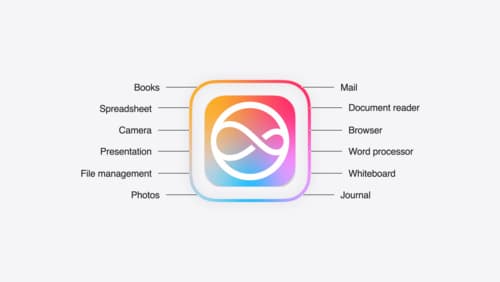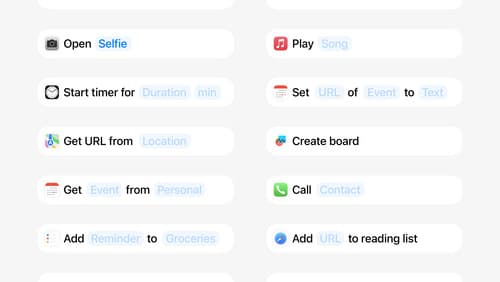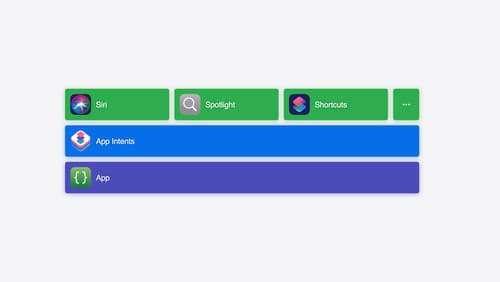What are intents
Asked on 2024-07-30
2 searches
Intents in the context of Apple's WWDC sessions refer to specific actions or tasks that an app can perform, which can be exposed to the system and other apps. These intents are part of the App Intents framework and are used to create shortcuts, automate tasks, and integrate with system features like Siri and Spotlight.
Here are some key points about intents:
-
Definition and Structure:
- An intent consists of a summary of what it does, starting with the app followed by a verb, and includes parameters that need to be filled out before the intent is run (Design App Intents for system experiences).
- Intents should be meaningful actions that users can perform with the app, such as opening a specific view or starting a task (Bring your app’s core features to users with App Intents).
-
Types of Intents:
- Intents can be simple actions like opening a camera to a specific mode or more complex tasks that involve multiple steps (Design App Intents for system experiences).
- They can also be combined with other intents into shortcuts to create powerful new workflows (Design App Intents for system experiences).
-
Design and Flexibility:
- When designing intents, it's important to prioritize common and habitual functionality but also ensure that the intents are flexible and not brittle (Design App Intents for system experiences).
- Avoid creating multiple intents for the same task; instead, use parameters to make the intent flexible (Design App Intents for system experiences).
-
Integration with System Features:
- Intents can be used to support live activities, audio playback, or recording from the background, enhancing the app's integration with system features (Design App Intents for system experiences).
- They can also be used to create app shortcuts, which package together a verb and a noun to describe an important function of the app (Bring your app’s core features to users with App Intents).
-
Implementation:
- Intents are implemented by conforming to the App Intent protocol, which requires a localizable title and a perform method that executes the action (Bring your app’s core features to users with App Intents).
- They can also include parameters for additional information needed to perform the task (Bring your app’s core features to users with App Intents).
For more detailed guidance on designing and implementing app intents, you can refer to the sessions:

Bring your app to Siri
Learn how to use App Intents to expose your app’s functionality to Siri. Understand which intents are already available for your use, and how to create custom intents to integrate actions from your app into the system. We’ll also cover what metadata to provide, making your entities searchable via Spotlight, annotating onscreen references, and much more.

Design App Intents for system experiences
App Intents power system experiences in controls, Spotlight, Siri, and more. Find out how to identify the functionality that’s best for App Intents, and how to use parameters to make these intents flexible. Learn how to use App Intents to allow people to take action outside your app, and see examples of when to navigate into your app to show contextual information.

Bring your app’s core features to users with App Intents
Learn the principles of the App Intents framework, like intents, entities, and queries, and how you can harness them to expose your app’s most important functionality right where people need it most. Find out how to build deep integration between your app and the many system features built on top of App Intents, including Siri, controls and widgets, Apple Pencil, Shortcuts, the Action button, and more. Get tips on how to build your App Intents integrations efficiently to create the best experiences in every surface while still sharing code and core functionality.
